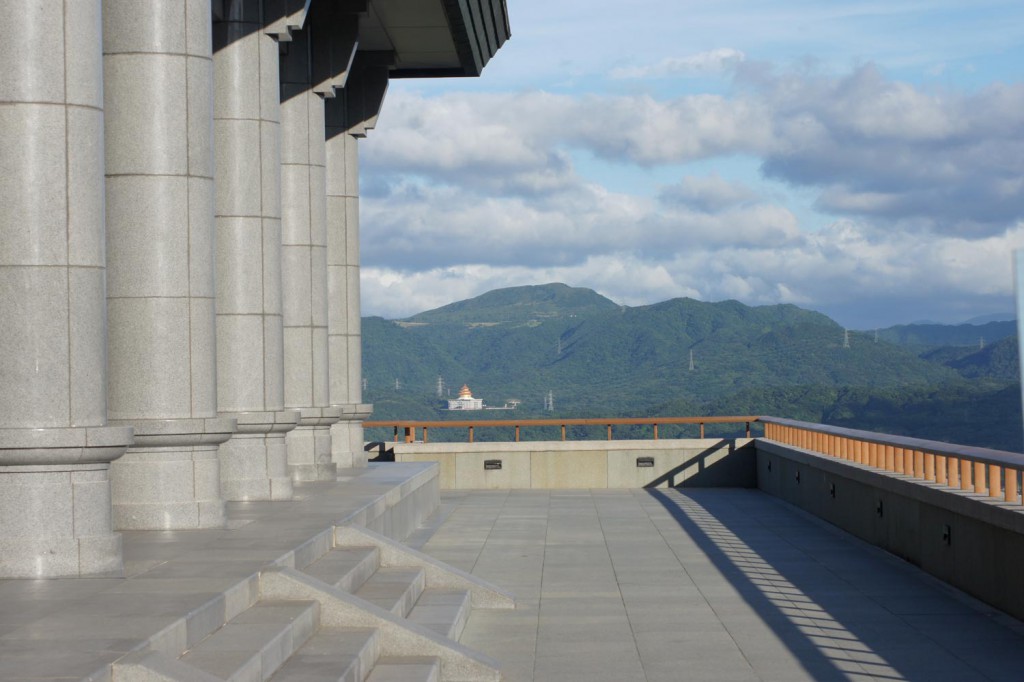Convened by Michael Sheehy and Jeff Wallman of TBRC, “Gene Smith: His Life and Work” was the first panel I attended at IABS 2011 Congress.
Michael Sheehy gave a formal presentation entitled “Banned Books, Sealed Printeries and Neglected Dkar chag” that described some fascinating research on the history of Takten Damchö Phuntsok Ling Monastery (where Tāranātha passed on) and its printery. He recounted three separate attempts to rescue the woodblocks of Jonang texts from the Phuntsok Ling printery by three different Tibetan lamas over several centuries following Tāranātha’s death. It is not until the efforts of Losal Tenkyong (blo gsal bstan skyong), a Zhwa lu Tulku who was close to Jamgon Kongtrul, that the printery doors were unlocked and a dkar chag of the texts found there was created.
Holly Gayley, a fellow Naropa graduate and now professor at the University of Colorado, shared some personal memories of encounters with Gene Smith and discussed the creation of his digital archive. Holly recounted spending time learning to catalog Tibetan texts in Gene’s house in Cambridge and described how he had divided his personal collection throughout the house, with each room representing a major Tibetan Buddhist lineage (apparently the Bon texts were kept in the basement). Holly also mentioned the importance of Gene’s contributions regarding the “Rime” paradigm and his efforts to publish and preserve texts and collections from Jamgon Kongtrul and other important masters of this “movement.” We shall all look forward to the book of papers to be published on some issues surrounding “Rime,” which will be dedicated to Gene (to be edited by Holly Gayley and Joshua Schapiro).
Matthew Kapstein spoke extemporaneously about Gene’s life and work and mentioned that Gene had been working on a history of the Tibetan printery that I hope some day someone else can take up and complete. Matthew was to speak on “Retrieving the Literary Heritage of Tibet: Some Perspectives and Challenges,” but seeing the audience in the room was made up mostly of scholars of Tibetan Buddhism, he took the opportunity to make a plea to the field of Tibetan Buddhist studies in general, or perhaps give advice to the next generation, about the importance of codicology, the study of manuscripts as physical objects. He made some very interesting points, to my way of thinking anyway, about the need for cataloging methods to include information about the physical aspect of the texts as well as the “abstract text” that is substantiated in the physical object of a pecha or book. As an example, he recounted the import of his finding hand-written notes at various places inside of a text by Karma Pakshi that were invaluable in terms of understanding the way readers of the text understood its meaning and function. The content as well as the placement of these “ephemera” was important, but if that particular pecha had been cataloged already, would he have found those notes? Where would that information have been recorded? Similarly, the study of the paper and ink used to print books can be invaluable to scholars looking to date or even find the origin of texts. Nowadays many texts are being reprinted in China and Nepal and India, but often there is no clear sense of the source for these texts. Where are the originals and are they being preserved? Kapstein said that we must insure the preservation of the originals and that insuring access to these must also be an “absolute desideratum” for the field.
Jeff Wallman’s presentation “The Green Books and the Semantic Web: Gene Smith’s enduring contribution to archiving Tibetan literature” helped to clarify the organizational principles of TBRC’s database and its rhizomatic nature. One important new note Jeff made was that in November TBRC will be launching a part of their website that will include the ability to search whole electronic texts. TBRC is the most amazing resource for Tibetan studies, but is very much a work in progress and three questions from the audience provided interesting suggestions for improvement:
- There appears to be much more specific information on relationships between provenance figures and other key information about texts from Gene’s Green Books that are “buried” in the TBRC database and still need to be brought out and displayed for the users
- More work on disambiguation is needed, especially around genre classification. The example of sngon ‘gro was given, which apparently can also indicate texts on mathematics. Similarly, at the moment there are many different pages for people with the same name, but these are not easily disambiguated in the search results.
- There is some worry over proliferation of errors (dates of persons’ lives were mentioned) and there was a suggestion for a way of accepting submissions for changes to the database from scholars in the field.
Jonathan Silk’s touching presentation recounted how he secretly worked to prepare an earned PhD for Gene based on his book “Among Tibetan Texts” at Leiden University. The ceremony and day-long conference will occur in a week’s time in Leiden and although it will be posthumously, it will be a full earned PhD, not merely an honorary degree (See more information here).








